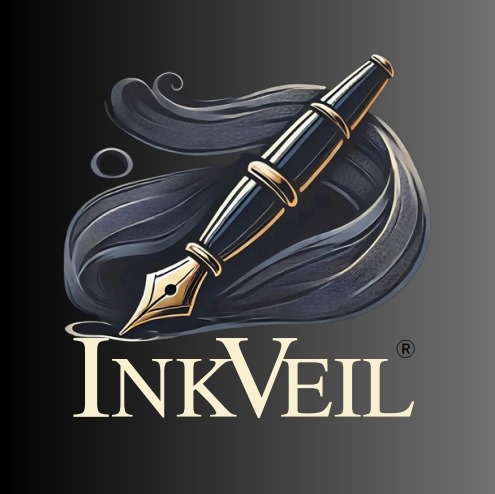In today’s digital age, eBooks have emerged as a popular medium for conveying information, sharing stories, and establishing authority in various fields. Whether you aim to share your expertise, market your business, or embark on a creative endeavor, writing an eBook can be a rewarding experience. This guide will outline a step-by-step approach for beginners, helping you navigate the complexities of eBook creation.
Step 1: Identify Your Purpose and Audience
Before you put pen to paper, define the purpose of your eBook. Are you providing a how-to guide, sharing a work of fiction, or offering insights into a particular subject? Understanding the purpose will help you stay focused as you write.
Simultaneously, identify your target audience. Are they professionals, hobbyists, students, or casual readers? Understanding your audience will guide your writing style, tone, and content. Conduct research to comprehend your audience’s preferences and pain points, which you can address in your eBook.
Step 2: Choose a Topic
Select a topic relevant to your purpose and audience. Ensure it is not only engaging but also sufficiently unique. Perform a competitive analysis to gauge what is already available on the market. Aim for a niche that allows room for your voice and insights but is also of interest to readers. Consider using tools like Google Trends or keyword research tools to uncover popular topics within your field.
Step 3: Create an Outline
An outline serves as the blueprint for your eBook. Start with the main topics and then break them down into subtopics and key points. This structured approach provides clarity and keeps your writing focused.
Consider using the following structure:
- Introduction: Introduce your topic and its relevance.
- Chapter 1: Cover foundational concepts.
- Chapter 2: Dive deeper into specific aspects.
- Conclusion: Summarize key points and provide a call to action or further resources.
By creating a detailed outline, you map out your eBook, making the writing process more manageable.
Step 4: Set a Writing Schedule
Establish a writing schedule that fits your lifestyle and commitments. Writing an eBook can take time, and consistency is key to making progress. Determine the number of hours you can dedicate weekly, and set tangible goals for each writing session.
For example, aim to write a chapter each week or set a word count target. Use tools like calendars or writing apps to help you stay organized and accountable.
Step 5: Start Writing
With your outline and schedule in hand, begin the writing process. Focus on getting your ideas down rather than perfection. The first draft is about expression, while subsequent revisions refine your thoughts and improve your prose.
Use a clear and concise writing style. Avoid jargon unless necessary, and consider breaking up text with bullet points or subheadings to enhance readability.
Step 6: Edit and Revise
Editing is a crucial phase in eBook writing. After finishing your first draft, take a break before revisiting your text with fresh eyes. Look for inconsistencies, unclear phrases, and grammatical errors.
Consider multiple editing rounds:
- Content Editing: Focus on the structure, flow, and clarity of ideas.
- Line Editing: Fine-tune sentence structure, word choice, and overall readability.
- Proofreading: Check for spelling, punctuation, and formatting errors.
Enlist help from beta readers or professional editors to gather feedback and provide a new perspective.
Step 7: Design Your eBook
A visually appealing eBook enhances the reader’s experience. Consider hiring a professional designer or using design software like Canva to create an attractive cover and layout.
Pay attention to the following elements:
- Cover Design: This is the first impression potential readers will have, so make it eye-catching and relevant to your content.
- Formatting: Ensure consistent font styles, sizes, and spacing throughout. Use headings, subheadings, and images to break up the text and add visual interest.
Step 8: Publish Your eBook
With your completed manuscript and design, it’s time to publish. Various platforms offer self-publishing services, such as Amazon Kindle Direct Publishing (KDP), Smashwords, and Draft2Digital. Each platform has its submission guidelines, formats, and royalty options.
Consider your distribution strategy:
- Direct Sale: Selling directly through your website allows for higher margins and more control over customer interactions.
- Platforms: Selling through established eBook platforms increases visibility and can drive sales.
Step 9: Market Your eBook
Marketing is essential for ensuring your eBook reaches its intended audience. Develop a marketing strategy that may include:
- Social Media Promotion: Share insights and engaging content related to your eBook.
- Email Marketing: Build an email list and engage with subscribers, offering them exclusive content or early access.
- Content Marketing: Write articles or blog posts that showcase your expertise and link back to your eBook.
Engage with potential readers and use appealing visuals and testimonials to enhance your promotional efforts.
Step 10: Learn and Adapt
After your eBook is published, track its performance and gather reader feedback. Analyzing sales data, reviews, and reader interactions will provide insights into the aspects that resonate best with your audience. Use this knowledge to refine your future writing projects and marketing strategies.
Conclusion
Writing an eBook may seem like a daunting task, but by following this step-by-step guide, you can navigate the process with clarity and confidence. Remember that each phase, from planning to marketing, plays a crucial role in your eBook’s success. Embrace the journey, learn from the experience, and share your unique voice with the world. Your eBook could inform, inspire, and influence countless readers across the globe.

0 Comments